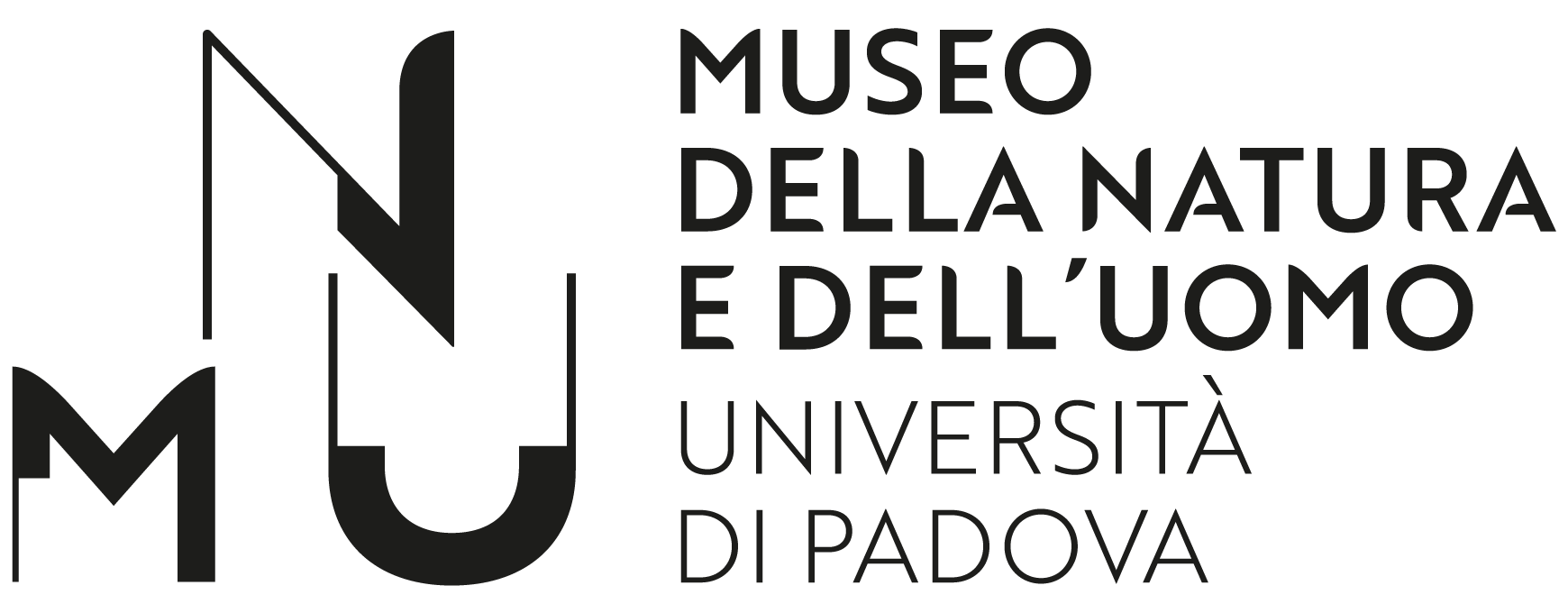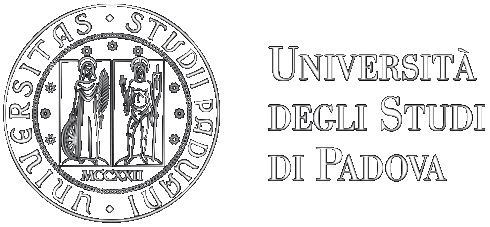The fossil Tridentinosaurus antiquus, which is on display in the Museum’s ‘Deep Time’ area, departed today for Oxfordshire, where it will undergo a series of analyses at the Rutherford Appleton Laboratory on the Harwell Campus.
Older even than the dinosaurs, this lizard-like reptile fossil expatriates to undergo a new type of analysis conducted and supervised by Valentina Rossi, a researcher at University College Cork, Ireland. The study forms the core of the research project ‘Living with the supervolcano – How Athesian eruptions destroyed and preserved 15 million years of Permian life‘, coordinated by Evelyn Kustatscher of the Natural Science Museum of South Tyrol in collaboration with MUSE, the Geology and Materials Testing Office of Bolzano, the University of Innsbruck and the Department of Geosciences of the University of Padua.
The project investigates the effects of the intense volcanic activity that took place in the Atesine district during the Lower Permian, some 270-280 million years ago. It analyses its potential effects on climate and ecosystems, and aims to better understand how this enigmatic and unique specimen, which was trapped in a layer of volcanic ash, was fossilised
Preliminary results from the recent analyses have been presented in the poster titled “The return of Tridentinosaurus: new analysis of the soft tissues” by Rossi V., Nestola F., Fornasiero Mg., Giusberti L., Bernardi M., presented at the “Paleodays (14) 15-17 June 2021”.
The specimen will remain overseas for at least one month, as it will need time to naturally reduce its acquired radioactivity after the analyses are complete.


